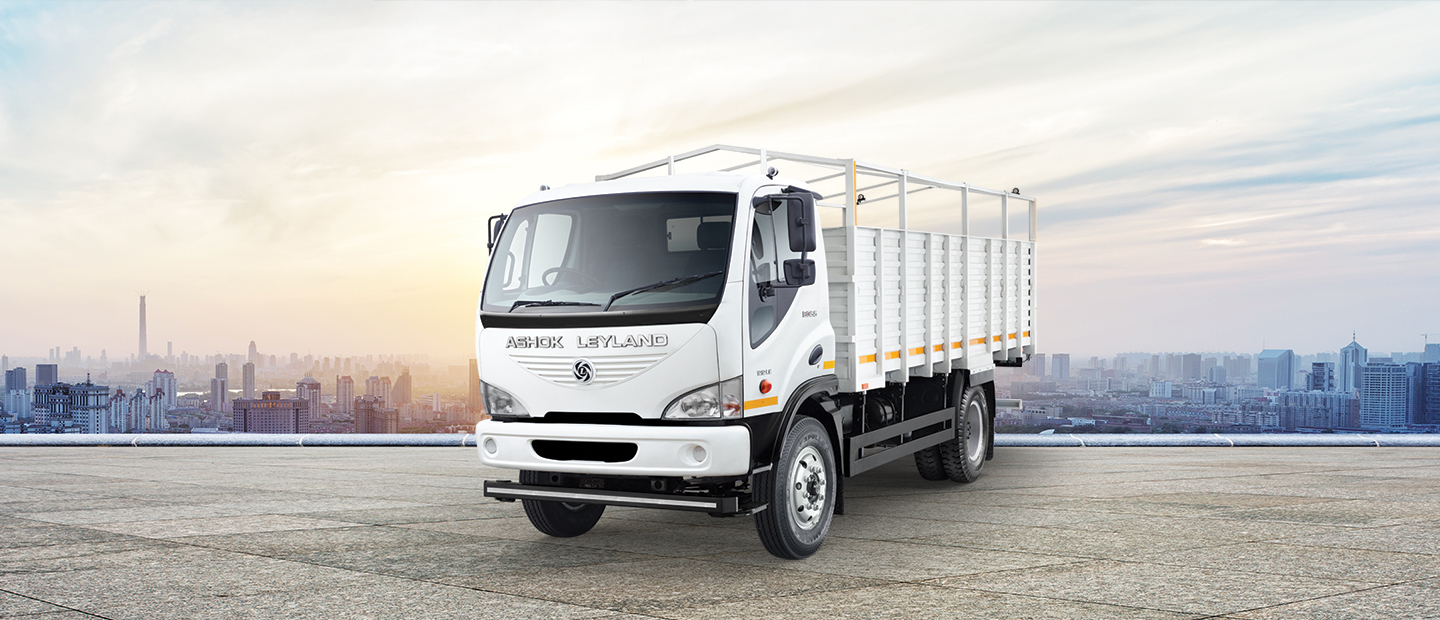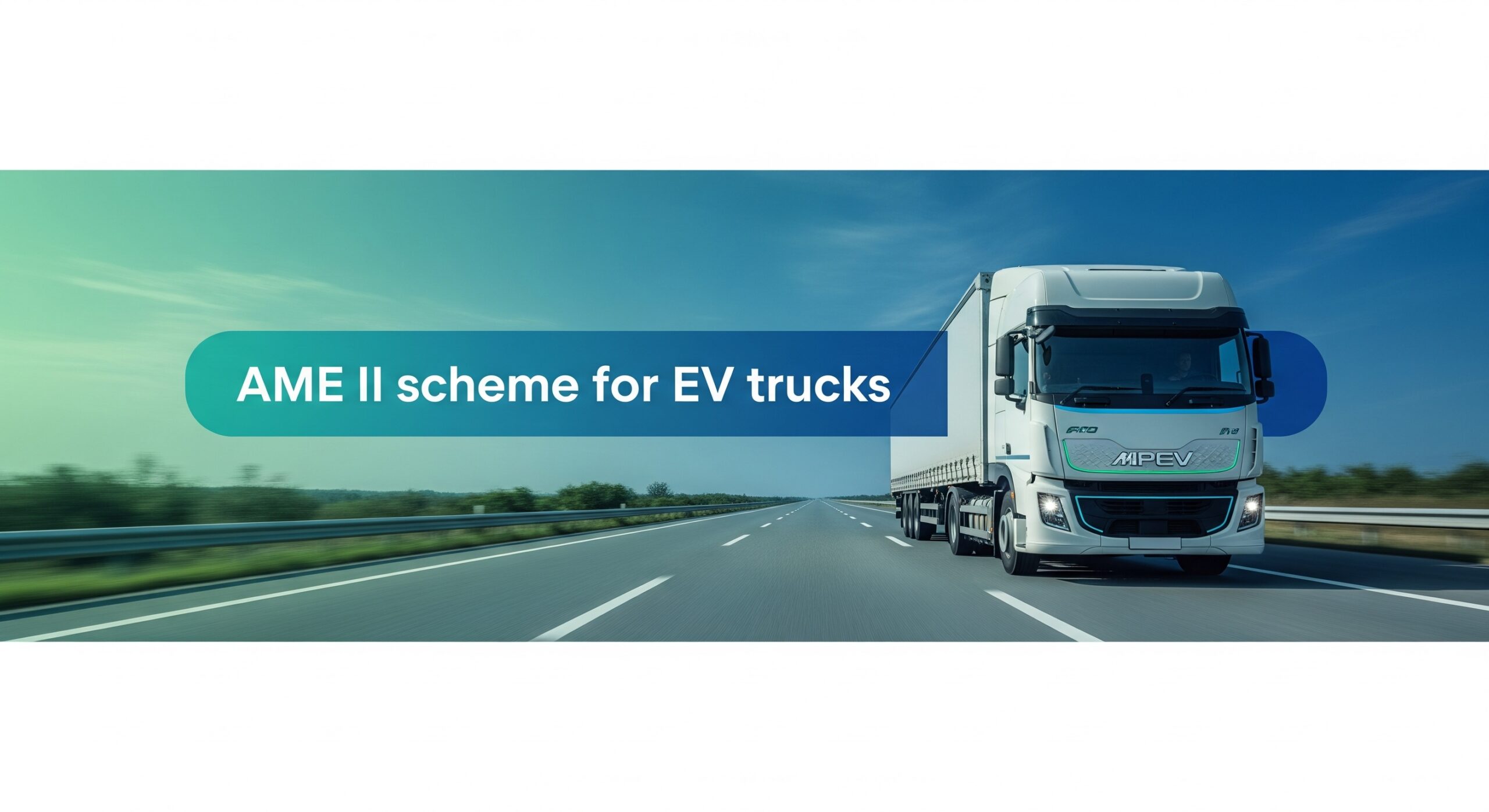Electric trucks are revolutionizing India’s logistics and freight sector with promises of cleaner, quieter, and more efficient transportation. One of the most critical factors for fleet operators, logistics companies, and EV buyers is the range—how far an EV truck can travel on a single charge.
But does the real-world performance match the manufacturer’s claimed range? In this article, we’ll break it down with detailed explanations, real-world scenarios, test cases, and a comparison chart to give you the full picture.
📊 What is “Claimed Range” in EV Trucks?
The claimed range is the number provided by manufacturers under standard testing conditions such as:
-
Flat terrain
-
No payload (empty truck)
-
Optimal temperature (25°C)
-
Minimal air conditioning usage
-
Consistent speed (40-60 km/h)
This is often tested using certification cycles like ARAI (Automotive Research Association of India), NEDC, or WLTP, which do not always reflect Indian real-world conditions.
🌍 What is “Real-World Range”?
The real-world range is what a user actually gets on Indian roads. This depends on:
| Factor | Impact on Range |
|---|---|
| Payload weight | Heavier loads reduce range significantly |
| Driving behavior | Aggressive acceleration consumes more power |
| Road conditions | Hilly or rough roads reduce range |
| Temperature | Cold/hot climates affect battery efficiency |
| Traffic patterns | Stop-go traffic drains battery faster |
| Tyre pressure | Low tyre pressure leads to more drag |
🔍 Sample Test Case: Tata Ace EV – Real-World vs. Claimed
Let’s take a sample test case of the Tata Ace EV, a popular light commercial EV truck.
| Specification | Details |
|---|---|
| Claimed Range | 154 km (ARAI certified) |
| Battery Capacity | 21.3 kWh |
| Payload During Test | 600 kg |
| Terrain | Mix of urban roads and mild inclines |
| Temperature | 34°C |
| A/C Usage | Intermittent |
🚚 Test Result:
| Parameter | Result |
|---|---|
| Distance Achieved | 121 km |
| Deviation from Claimed Range | ~21% lower |
| Efficiency | 5.6 km/kWh |
Observation: Under real-world urban conditions with payload and heat, the Tata Ace EV delivered 78.6% of its claimed range. Still impressive, but planning routes accordingly is critical for logistics operations.
📌 Why Do EV Truck Ranges Vary So Much?
EV truck batteries are sensitive to external and internal variables. Let’s take a deeper look:
-
Payload: Carrying 1 ton vs. empty drastically affects consumption.
-
Regenerative braking: Works best in city traffic, less in highway runs.
-
Temperature Management Systems: Some EVs with liquid-cooled batteries perform better in hot Indian climates.
-
Battery Degradation: Over time, the usable range decreases (usually ~2% per year).
📈 How to Improve EV Truck Real-World Range?
-
✅ Maintain correct tyre pressure
-
✅ Train drivers in eco-driving techniques
-
✅ Pre-cool or pre-heat cabin while plugged in
-
✅ Plan optimized delivery routes
-
✅ Use trucks with telematics for live battery tracking
✅ Real-World Range of Popular EV Trucks in India (2025 Data)
| Model | Claimed Range | Real-World Avg Range | Efficiency (km/kWh) |
|---|---|---|---|
| Tata Ace EV | 154 km | 120–125 km | 5.6 |
| Eicher Pro 2055 EV | 200 km | 160–170 km | 5.2 |
| Ashok Leyland BOSS EV | 280 km | 220–240 km | 4.8 |
| Piaggio Ape Electrik | 110 km | 90–100 km | 6.1 |
📚 FAQs: EV Truck Range in Real Life
❓Q1: Why is the real-world range always lower than the claimed range?
A: Claimed range is measured in lab-like environments. Real conditions like heat, cargo weight, and traffic reduce actual mileage.
❓Q2: Can I increase the real-world range of my EV truck?
A: Yes. Regular maintenance, smart driving, and route planning can increase efficiency and range.
❓Q3: Is it risky to plan logistics based on claimed range?
A: Absolutely. Always use 80–85% of the claimed range as a planning buffer to avoid disruptions.
❓Q4: How often should I check range performance?
A: Monitor your truck’s range weekly, especially if you’re running full payloads or in extreme weather.
❓Q5: Do all EV trucks show accurate range on the dashboard?
A: Most modern EV trucks have fairly accurate real-time range estimators, but occasional recalibration may be needed.
🛠 Conclusion: What You Should Know Before Buying
-
Always plan routes with real-world range, not brochure numbers.
-
Use test data and reviews from reliable sources.
-
Consider your use case – urban delivery, intercity freight, or cold-chain – and choose your EV truck accordingly.
EV trucks are the future of commercial transport, but understanding the range gap between claimed and actual performance helps ensure better fleet planning, fewer delays, and long-term cost savings.







Top Battery Brands for EV Trucks in India – Features, Specs, Prices & More - EV Truck India
July 7, 2025[…] is crucial for performance, range, and reliability. This guide explores the top battery brands for EV trucks in India, their features, pricing, specifications, and why they matter for your EV […]